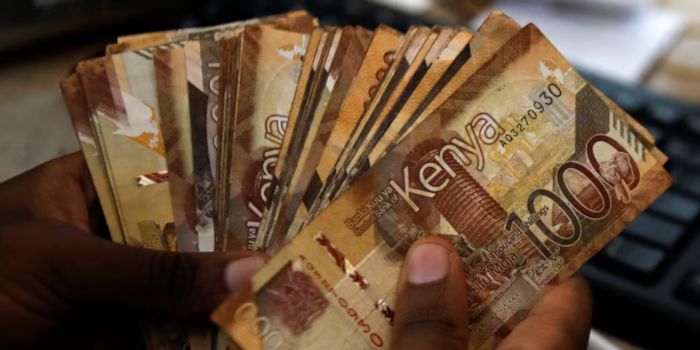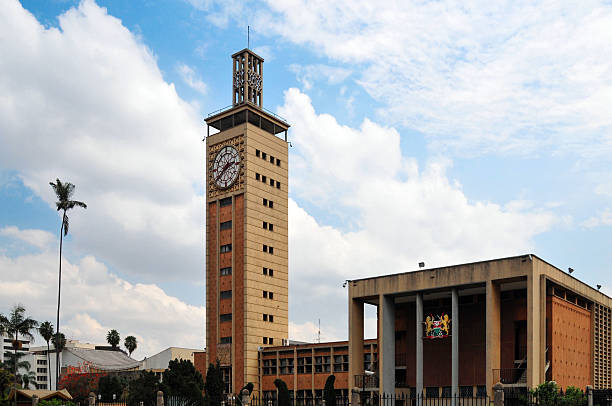Loan defaults surged to 17 per cent in 2024 due to tough business climate - CBK

In the period under review, gross loans issued by banks decreased by 2.7 per cent to Sh4.07 trillion from Sh4.18 trillion in 2023.
Kenya's banking sector witnessed a spike in loan defaults in 2024, with the non-performing loan (NPL) ratio rising to 17.1 per cent from 15.6 per cent the previous year.
According to the Central Bank of Kenya (CBK), the increase was fuelled by a deteriorating business environment that made it harder for borrowers, both individuals and businesses, to meet their loan obligations.
More To Read
- Kenya adopts Women Entrepreneurs Finance Code to close gender financing gap for women entrepreneurs
- Kenya Kwanza adds Sh3 trillion to national debt in three years, CBK reveals
- CBK warns of rising debt distress, urges fiscal coordination
- MPs question rising debt despite Treasury’s reduced CBK borrowing
- CBK data shows Sh344 billion decline in mobile money transactions, steepest drop in 18 years
- Delayed government payments fueling bank loan defaults in Kenya, Fitch warns
The sector also recorded a notable drop in lending activity during the year.
In the period under review, gross loans issued by banks decreased by 2.7 per cent to Sh4.07 trillion from Sh4.18 trillion in 2023.
“The decline in gross loans is attributed to decreased demand for credit by the various economic sectors,” CBK’s annual report reads.
The report also indicates that the tough operating environment affected customer deposits, which declined by 2.1 per cent to Sh5.5 trillion in 2024, from Sh5.6 trillion the previous year.
The drop in deposits is partly attributed to rising competition from alternative investment options, as well as withdrawals by businesses and households to meet their financial needs.
In line with reduced lending and deposit activity, the banking sector’s total net assets shrank by 1.6 per cent to Sh7.6 trillion from Sh7.7 trillion in the preceding year.
“This is attributable to a decrease in loans and advances by Sh160.3 billion (4.2 per cent), placements by Sh103.9 billion (18.0 per cent), and other assets by Sh92.7 billion (11.0 per cent).”
Despite the pressures, Kenya's banking sector remained fundamentally sound, supported by strong capital and liquidity buffers.
Total capital adequacy ratio stood at 19.6 per cent, well above the regulatory minimum of 14.5 per cent, while the average liquidity ratio soared to 56.0 per cent, far exceeding the statutory threshold of 20 per cent.
The robust liquidity position, which rose by 9.8 per cent from the previous year, is pegged to growth in total liquid assets that outpaced the increase in short-term liabilities.
Profitability also remained a bright spot for the industry.
The sector’s profit before tax grew by 18.2 per cent during the year to Sh260.0 billion, from Sh219.2 billion in 2023.
The report links the performance to a larger increase in total income of Sh50.1 billion relative to the growth in expenses of Sh9.1 billion.
Overall, while key indicators such as loan growth, asset base and deposit levels point to a tougher operating environment, CBK maintains that the resilience of Kenya’s banking system is evident.
This is regarding capital strength, liquidity position and profitability.
Commenting on the findings, CBK Governor Kamau Thugge said Kenya approached 2024 with cautious optimism as global markets navigated inflationary pressures and uncertainties.
“Amid the prevailing global uncertainties, such as persistent geopolitical tensions, particularly in the Middle East and Eastern Europe, the Kenyan economy demonstrated resilience and growth in 2024,” Thugge said.
“The positive trajectory is projected to continue into 2025, buoyed by the robust services sector, improved economic outlook, and the continued implementation of government initiatives to stimulate economic activity in key sectors.”
He therefore asserts that the Kenyan banking sector registered improved financial strength in 2024, demonstrating stability and resilience.
Top Stories Today













































